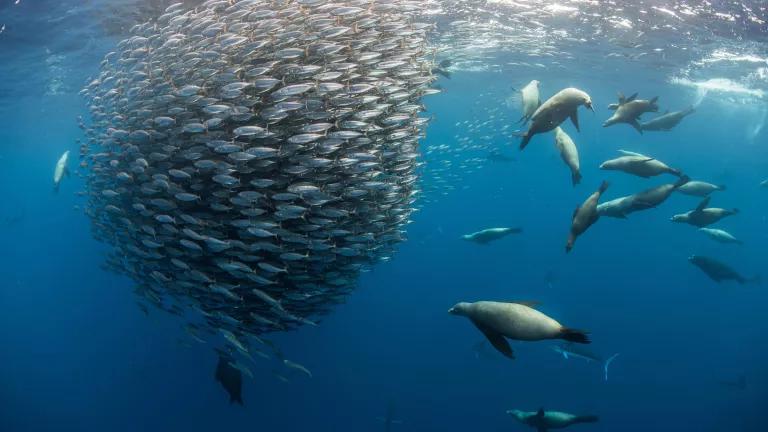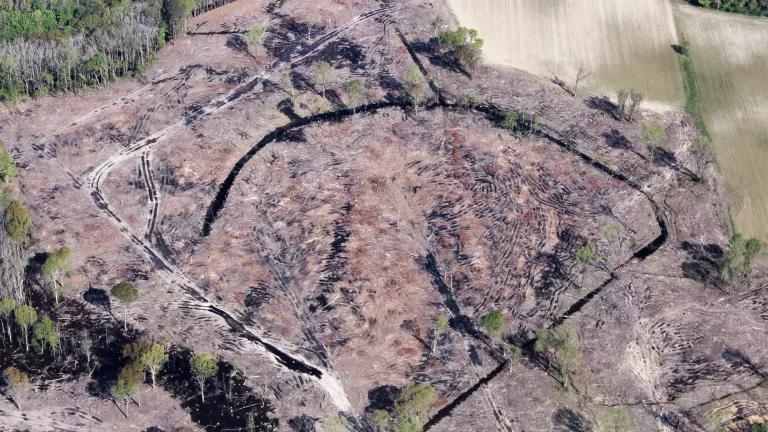Global Warming Is Pushing Wildlife Over the Brink
The earth’s climate is rapidly changing. Scientists say that unless global warming emissions are reduced, global mean surface temperatures could rise as much as 6 degrees Celsuis (approximately 43 degrees Fahrenheit) above late-20th century levels. The cause? A thickening layer of carbon dioxide pollution, mostly from power plants and cars, that traps heat in the atmosphere. Some species may adapt, but the complexities of rapid adaptation mean that more than 1 million species could be pushed to extinction by 2050. In every part of the world, global warming causes loss and change of habitat in part by raising temperatures higher than some species can tolerate. As species shift their range to adapt, they can become more vulnerable to wildlife trade.
CITES Should Take Action
CITES has not yet dealt with how to factor the ever-greater global warming threat to CITES species into its decisions. That’s why it is critical that CITES move quickly to share information and undertake the following:
- The CITES Animals and Plants Committees should create a working group on how the impacts of global warming should be incorporated into the making of non-detriment findings (NDF) and elsewhere in the work of CITES.
- The NDF workshop planned for 2007-2008 should include global warming.





